Large ships need large channels: dredging is a bottleneck The constant increase in the size of ships and cargo volume has put great pressure on Vietnam's maritime infrastructure system. Currently, the volume of goods passing through Vietnamese seaports has reached 30 million TEUs, far exceeding the forecast 10 years ago. Meanwhile, Singapore - the largest transit port in the region - is handling about 37 million TEUs. With the current growth rate, VIMC leaders believe that Vietnam is fully capable of surpassing Singapore in the near future. However, the biggest challenge now lies in dredging channels. According to information from the Vietnam Maritime Administration, dredging projects need to be implemented quickly to meet the requirements of large ships. However, the budget for this activity is still limited and has not received due attention. At the same time, ports also need to apply the "open port" model, integrating customs systems to reduce customs clearance time, facilitate inter-port cargo transportation and increase competitiveness.
Source: https://vimc.co/vimc-strategic-vision-and-ambition-to-reach-the-big-sea/Conference summarizing the work of the Ministry of Transport in 2024
To address these bottlenecks, VIMC has focused its largest resources on strategic deep-water port projects. A typical example is the Can Gio international transit port project, which is expected to become a new symbol of Vietnam's maritime industry. With its strategic location, Can Gio port not only shortens the transportation process and significantly reduces logistics costs for domestic goods, but also opens up great opportunities for Vietnam to participate more deeply in the global supply chain. VIMC General Director Nguyen Canh Tinh shared: "We are looking forward to the Prime Minister's approval of this project and request Ho Chi Minh City to soon complete the procedures for selecting investors. This will be an important step to elevate Vietnam's maritime industry, competing fairly with major seaports in the world." When put into operation, Can Gio port, together with Cai Mep-Thi Vai port cluster, will become a port complex that will help improve the competitiveness of Vietnam's maritime industry, re-routing the maritime map of the current and future region of Inner Asia. Not only that, this port cluster also helps Vietnamese goods reduce their dependence on transit through Singapore, creating direct international shipping routes from Vietnam and significantly increasing the competitiveness of domestic goods in the international market. Fleet development strategy and international cooperation In parallel with upgrading seaport infrastructure, VIMC also aims to rapidly develop the national fleet through a cooperation strategy with the world's largest shipping lines. In this way, VIMC not only takes advantage of its partners' existing customer base and market, but also rapidly expands its transportation network and enhances its competitiveness. International cooperation not only helps Vietnam access advanced transportation technology but also ensures efficiency in transportation exploitation. This is a strategy with a shortened solution to handle practical problems as quickly as possible.VIMC General Director Nguyen Canh Tinh speaks at the conference
“We aim to develop a strong fleet, not only to meet domestic freight transport needs but also to serve international routes. This is an important step to bring Vietnamese goods directly to the world without having to transit through other countries,” Mr. Tinh added. Over the past year, VIMC has achieved remarkable achievements, including port cargo volume reaching 145 million tons, up 27% compared to 2023, and maritime transport volume reaching 20 million tons, exceeding the plan by 22%. However, VIMC emphasized that this is just the beginning for bigger plans in the future. “We will not stop at the current numbers. With support from the government and ministries, VIMC will continue to implement breakthrough projects to realize the goal of bringing Vietnam's maritime industry to the regional level.” Aspiration to elevate the position of Vietnam's maritime industry Not only stopping at economic goals, VIMC's strategies also aim to actively contribute to the overall development of Vietnam. Deep-water port projects not only create jobs but also promote the development of supporting industries, thereby improving the quality of life for people. With strategic vision and high determination, VIMC is continuing to write the development story of Vietnam's maritime industry, turning aspirations into reality and affirming Vietnam's position on the world maritime map. At the end of the discussion, Mr. Nguyen Canh Tinh shared: “To realize this strategy, we really need strong support from the Government and ministries. In particular, policies and mechanisms to encourage the development of large enterprises such as strong decentralization to representatives of equity capital and giving autonomy to enterprises are prerequisites for Vietnamese corporations to reach out to the world. We believe that, with the support of the Government and ministries, VIMC will not only achieve its business goals but also contribute to raising Vietnam's position in the global value chain.”

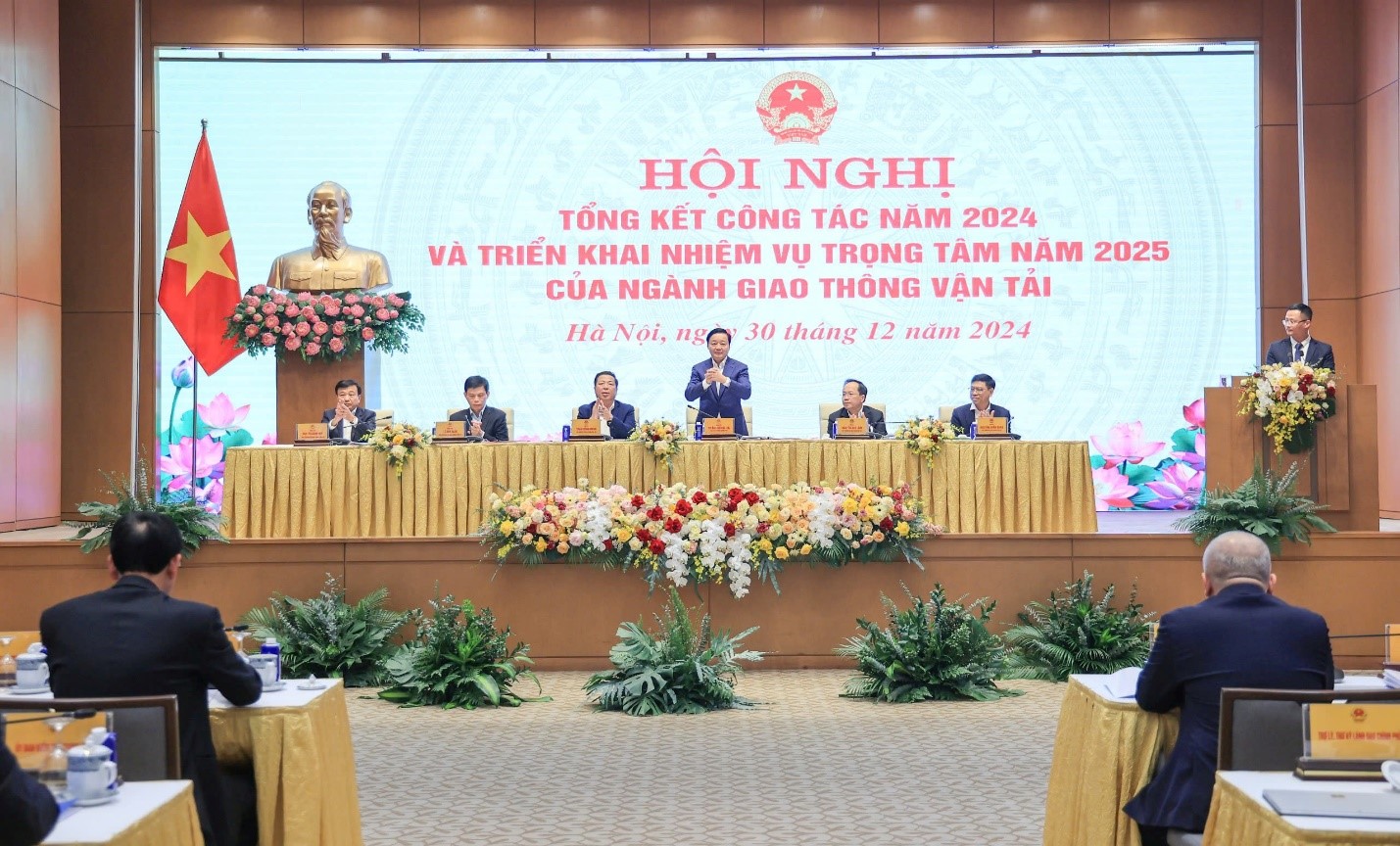
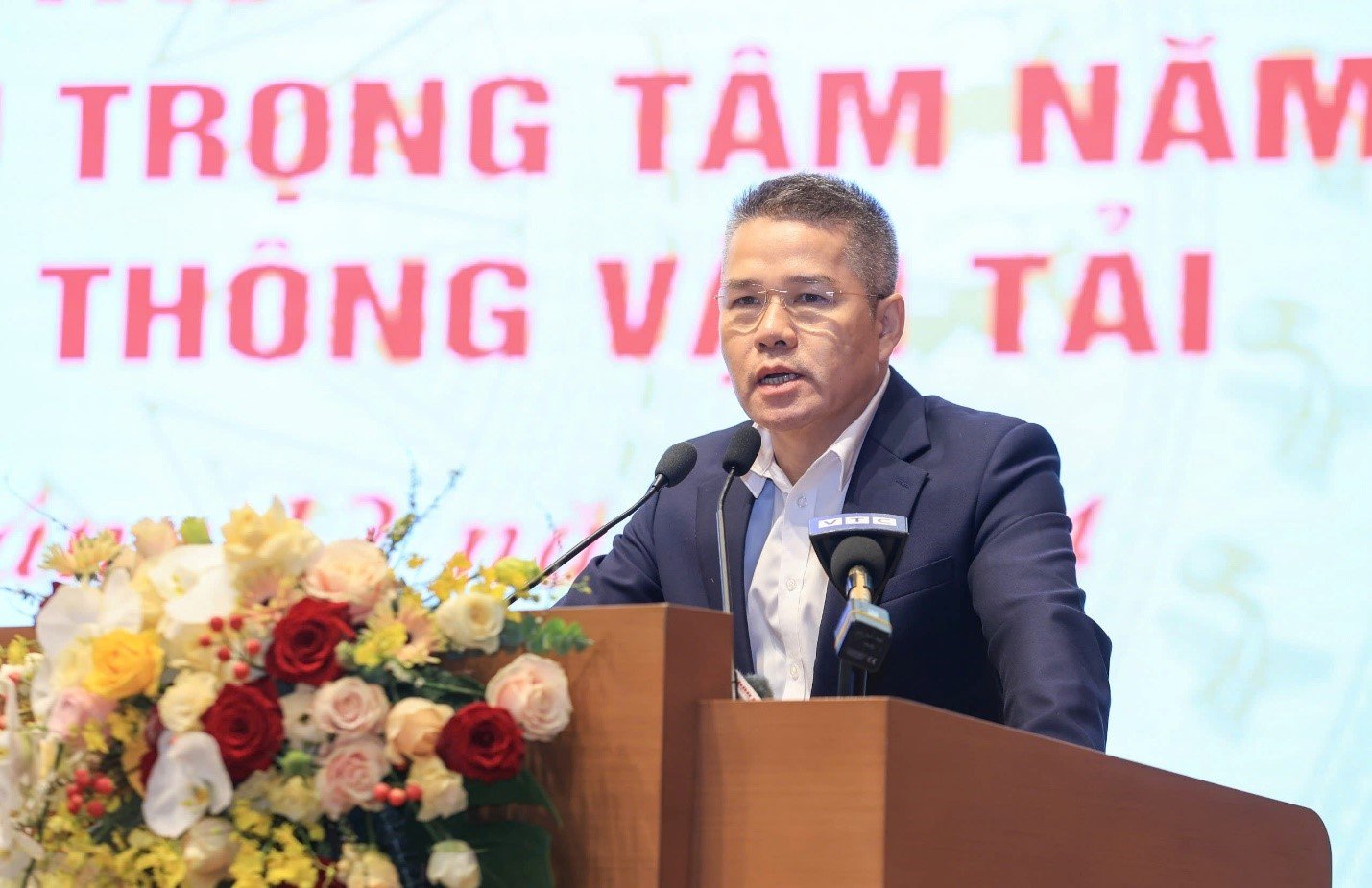
![[Photo] The parade took to the streets, walking among the arms of tens of thousands of people.](https://vphoto.vietnam.vn/thumb/1200x675/vietnam/resource/IMAGE/2025/4/30/180ec64521094c87bdb5a983ff1a30a4)

![[Photo] Cultural, sports and media bloc at the 50th Anniversary of Southern Liberation and National Reunification Day](https://vphoto.vietnam.vn/thumb/1200x675/vietnam/resource/IMAGE/2025/4/30/8a22f876e8d24890be2ae3d88c9b201c)

![[Photo] Chinese, Lao, and Cambodian troops participate in the parade to celebrate the 50th anniversary of the Liberation of the South and National Reunification Day](https://vphoto.vietnam.vn/thumb/1200x675/vietnam/resource/IMAGE/2025/4/30/30d2204b414549cfb5dc784544a72dee)


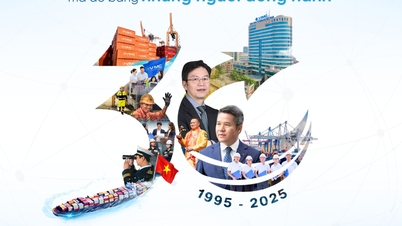
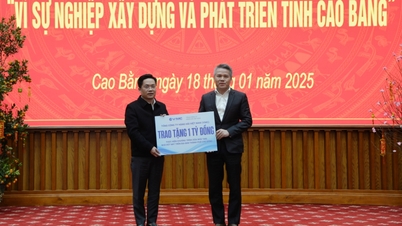

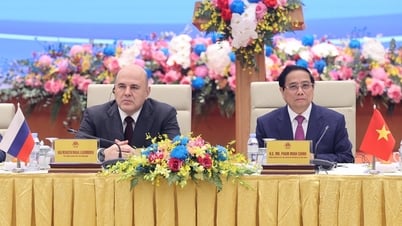

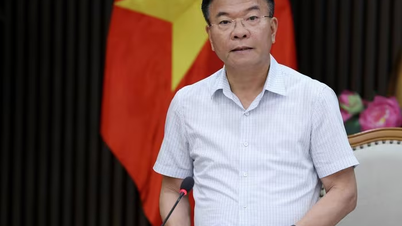
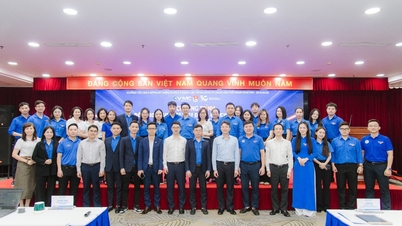
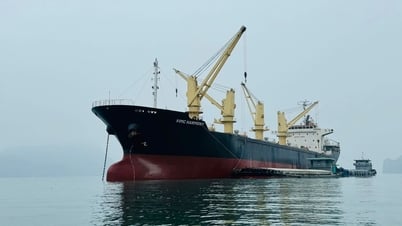
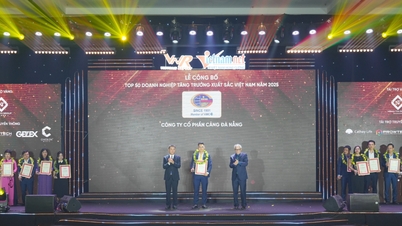
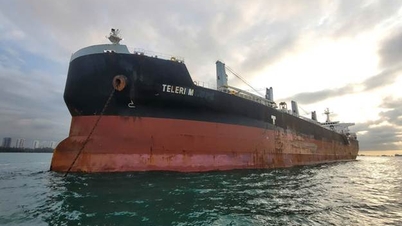
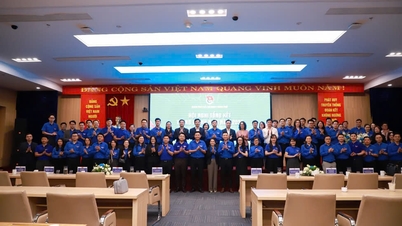




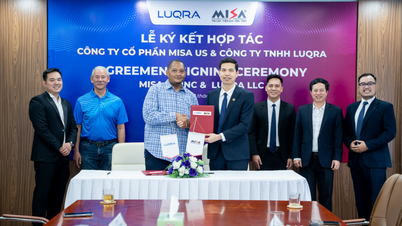




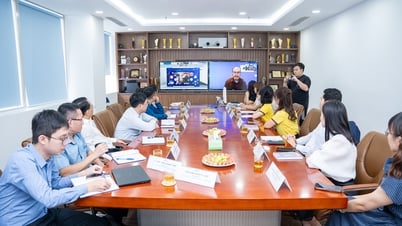
![[Photo] Performance of the Air Force Squadron at the 50th Anniversary of the Liberation of the South and National Reunification Day](https://vphoto.vietnam.vn/thumb/1200x675/vietnam/resource/IMAGE/2025/4/30/cb781ed625fc4774bb82982d31bead1e)













































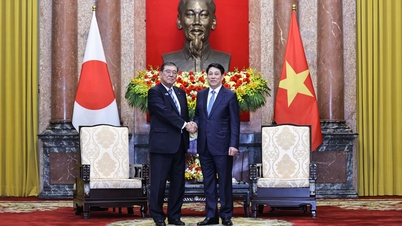





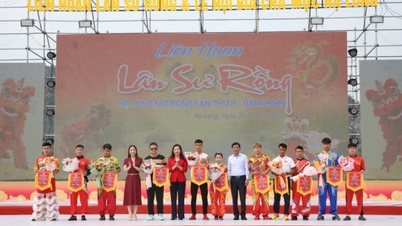

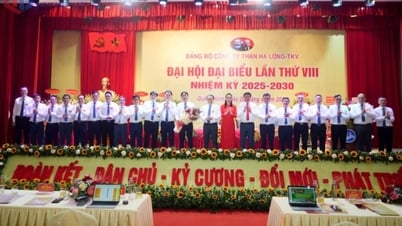














Comment (0)